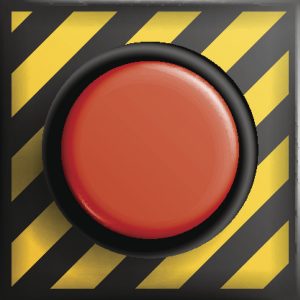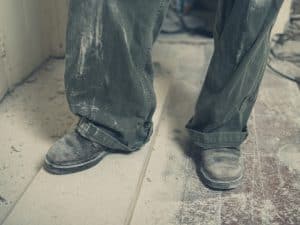Gaby Grammeno has been writing about workplace health and safety (WHS) issues for longer than I have. Her work for Workplace OHS, a subscription OHS news service, includes an “ask an expert” service and her latest is a comparison between the OHS/WHS laws involving “reckless endangerment” and “industrial manslaughter”.
The article is of interest to OHS people and reinforces some of the legal opinions on the proposed introduction of industrial manslaughter laws in Victoria. There is disparity in sentencing and financial penalties in Queensland laws compared to potential Victorian ones and one includes “serious injuries” where the other addresses deaths. But the issue of penalty sizes is a sideshow to the intended purpose of these types of laws – deterrence.
Will a penalty of A$3.8 million have a greater deterrent effect than A$3.1 million?


 One of the most rewarding sources of occupational health and safety (OHS) information is the literature review undertaken by, usually, university researchers. It is rewarding because someone else has done most of the reading for you and the spread of resources can be massive and/or global. But, there can also be missed opportunities from taking a narrow scope and from excluding some non-peer-reviewed analysis. One of these involves a systematic review of lost-time injuries in the global mining industry.
One of the most rewarding sources of occupational health and safety (OHS) information is the literature review undertaken by, usually, university researchers. It is rewarding because someone else has done most of the reading for you and the spread of resources can be massive and/or global. But, there can also be missed opportunities from taking a narrow scope and from excluding some non-peer-reviewed analysis. One of these involves a systematic review of lost-time injuries in the global mining industry. 
 On June 20 2018, the Australian government announced a
On June 20 2018, the Australian government announced a